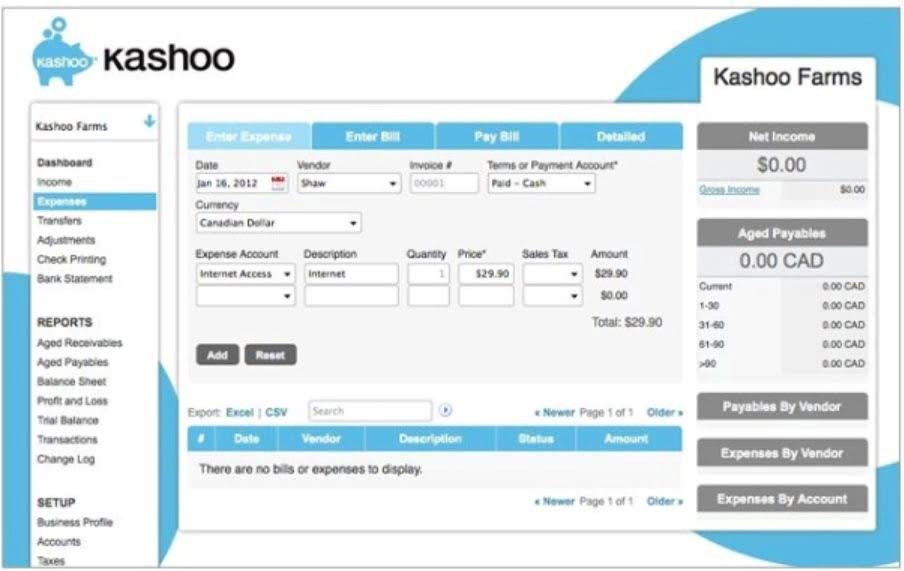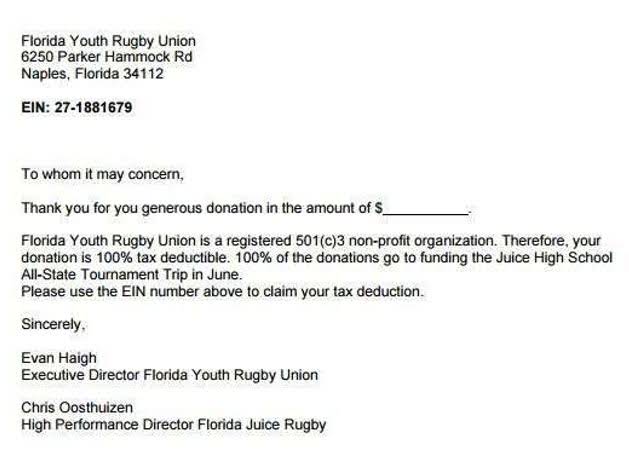What is a Liability Account? Definition, Types, and Examples

In other words, a transaction will be accepted and processed only if the amount of the debits is equal to the amount of the credits. Obviously, the accrual method does a better job of reporting what occurred on December 27, the date that Servco actually provided the services and incurred the expense. To illustrate, liability accounts let’s assume that Servco uses a temporary help agency at a cost of $200 in order to assist in earning revenues on December 27. The invoice from the temp agency is received on December 27, but it will not be paid until January 4. Contingent liabilities are potential future obligations that depend on the occurrence of a specific event or condition.

Balance Sheet

Long-term liabilities, on the other hand, can be seen as future expenses and are often addressed through structured repayment plans or long-term financing strategies. Properly managing a company’s liabilities is vital for maintaining solvency and avoiding financial crises. By planning for future Bookkeeping for Chiropractors obligations, understanding the different types of debt, and implementing effective strategies for paying off debt, businesses can successfully navigate their financial obligations. Understanding liabilities requires comprehending their classification and measurement.

Submit to get your retirement-readiness report.
Prior to issuing its December financial statements, Servco must determine how much of the $4,000 has been earned as of December 31. The reason is that only the amount that has been earned can be included in December’s revenues. The amount that is not earned as of December 31 must be reported as a liability on the December 31 balance sheet. Sometimes a bill is processed during the accounting period, but the amount represents the expense for one or more future accounting periods. For example, the bill for the insurance on the company’s vehicles might be $6,000 and covers the six-month period of January 1 through June 30. If the company is required to pay the $6,000 in advance at the end of December, the expense needs to be deferred so that $1,000 will appear on each of the monthly income statements for January through June.
Receipt of cash from Mr. Sam, a debtor

These obligations are eventually settled through the transfer of cash or other assets to the other party. Financial liabilities can be either long-term or short-term depending on whether you’ll be paying them off within a year. We will discuss more liabilities in depth later in the accounting course. Bonds Payable – Many companies choose to issue bonds to the public in order to finance future growth. Bonds are essentially contracts to pay the bondholders the face amount plus interest on the maturity date.
Format of the Cash Flow Statement
- Stockholders’ equity is on the right side of the accounting equation.Stockholders’ equity account balances should be on the right side of the accounts.
- At the end of the accounting year, the ending balances in the balance sheet accounts (assets and liabilities) will carry forward to the next accounting year.
- For example, the amounts for the 5-month period of the current year should be compared to the 5-month period of the previous year.
- Buying a business cell phone is an expense, while liabilities are loans used to purchase tangible assets (items of financial value), like equipment.
- Examples include pending lawsuits, product warranties, and guarantees.
The credit balance in this account comes from the entry wherein Bad Debts Expense is debited. The amount in this entry may be a percentage of sales or it might be based on an aging analysis of the accounts receivables (also referred to as a percentage of receivables). Generally a long term liability account containing the face amount, par amount, or maturity amount of the bonds issued by a company that are outstanding as of the balance sheet date. Things that are resources owned by a company and which have future economic value that can be measured and can be expressed in dollars. Examples include cash, investments, accounts receivable, inventory, supplies, land, buildings, equipment, and vehicles. The purchasing and selling of long-term assets are reported in the second section of the cash flow statement, investing activities.
Long-Term Liabilities
- Liabilities are categorized as current or non-current depending on their temporality.
- He currently researches and teaches economic sociology and the social studies of finance at the Hebrew University in Jerusalem.
- And if you have more debt, then you’re going to have higher liabilities.
- Bookkeeping (and accounting) involves the recording of a company’s financial transactions.
- A record in the general ledger that is used to collect and store similar information.
You would use this funding to purchase business assets and fund other areas of your operations. And if you have more debt, then you’re going to have higher liabilities. Making sure that you’re paying off your debts regularly will help reduce your overall business liabilities. The systematic allocation of an intangible asset to expense over a certain period of time. To achieve a proper cut-off and to distribute the financial statements in a timely manner, it is helpful to have a timeline (or PERT chart) that indicates the necessary steps in the what are retained earnings closing process.